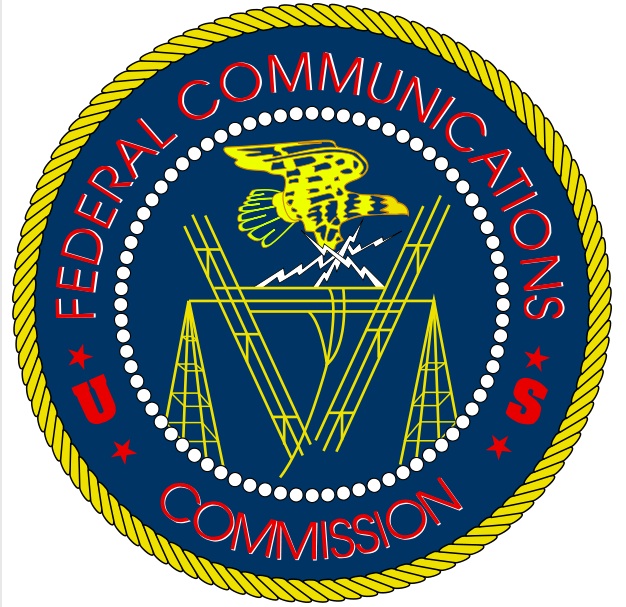 The Federal Communications Commission has released its Fifteenth Report on wireless competition, and the big news is that there’s no big news.
The Federal Communications Commission has released its Fifteenth Report on wireless competition, and the big news is that there’s no big news.
That is, the FCC has still not released a formal finding as to whether there is, or is not, effective competition in the Mobile Wireless industry.
This is a big deal, because lack of a finding does not help predict what the FCC will decide regarding the pending merger of AT&T and T-Mobile. The FCC launched an investigation of the merger along with the Department of Justice in April.
The Report explains that “a merger can potentially form a stronger provider that restrains competitors from engaging in anticompetitive behavior” and goes on to say that “the more easily a consumer can switch service providers in response to a change in price or non-price factors, the more competitive pressure is put on mobile wireless service providers to improve their service in order to retain their customers.”
The lack of competition findings in the Report, according to the FCC, is due to “the complexity of the various inter-related segments and services within the mobile wireless ecosystem.” The Report instead focuses on presenting “the best data available on competition throughout this sector of the economy and highlighting several key trends in the mobile wireless industry.”
You probably didn’t have time to sit down and get intimate with the 308 page document today. That’s okay. We’re going to give you the highlights:
Four Operators Have 90 Percent of Subscribers: The FCC determined that the four major U.S. wireless operators had 90 percent of U.S. subscribers (AT&T and Verizon taking a combined 62-percent). Total revenue generated by the wireless industry in 2009 was $154.7 billion.
Voice Usage Takes a Dive: Confirming your tech-savvy suspicions, average monthly mobile voice usage per subscriber continued to decline in 2009, while text and multimedia messaging usage increased. Annual voice revenues declined for the first time in 2009, by approximately four-percent, from $118 billion to $113 billion. At the same time, data revenue increased 28-percent from $32 billion to $42 billion.
Social Networking Drives Mobile Data Usage: Analysts believe that one of the major applications driving mobile data usage is social networking. According to comScore, social networking ranked as the fastest-growing mobile content category between April 2009 and April 2010, with the number of mobile consumers using an application to access a social networking website increasing 240 percent to 14.5 million users.
The FCC Needs New Data Sources: The data source that the FCC has used for many years to estimate the number of mobile wireless subscribers is called Numbering Report/Utilization Forecast (NRUF). It tracks the number of phone numbers that have been assigned to mobile wireless devices. NRUF is becoming increasingly less useful in measuring the number of individual subscribers, since consumers are now more likely to use more than one mobile device – particularly non-voice devices like e-readers, tablets, and car navigation systems.
Instead the FCC is relying on new data, including the Herfindahl-Hirschman Index (HHI), which measures market concentration. Basically a score lower than 1,500 means a market is considered not-concentrated. A market with a score higher than 2,500 is highly concentrated. The Mobile Wireless industry had an HHI of 2,811 at the end of 2009 and 2,848 by mid-2010.
Mobile Network Performance Needs Data: “The Commission has recognized the importance of accurate, up-to-date data on mobile network performance – to inform policy, to help consumers make better choices, and to spur competition,” explains the report (interesting acknowledgement of “competition” here). “The measurement and representation of the overall quality of a provider’s network, however, present a number of challenges. For instance, there is neither a single definition of network quality nor a definitive method to measure it.”
The FCC notes that while network providers use consumer surveys, network drive tests, fixed probes, internal network level assessments, and the use of crowd-sourcing applications to gather data on the actual network performance, ” the public data they provide are limited in scope and are not yet robust enough to provide detailed and standardized results.”
Perhaps there’s a startup out there that can help the FCC measure network performance?
You can read the full annual report via WSJ.com.
VentureBeat's mission is to be a digital town square for technical decision-makers to gain knowledge about transformative enterprise technology and transact. Learn More

